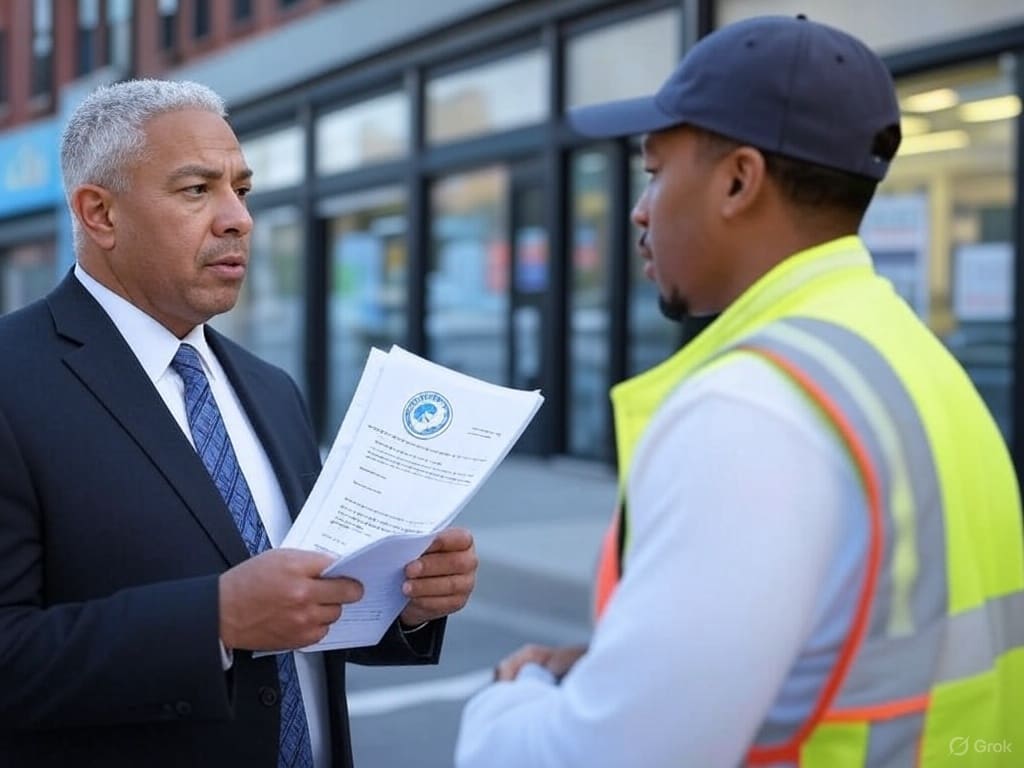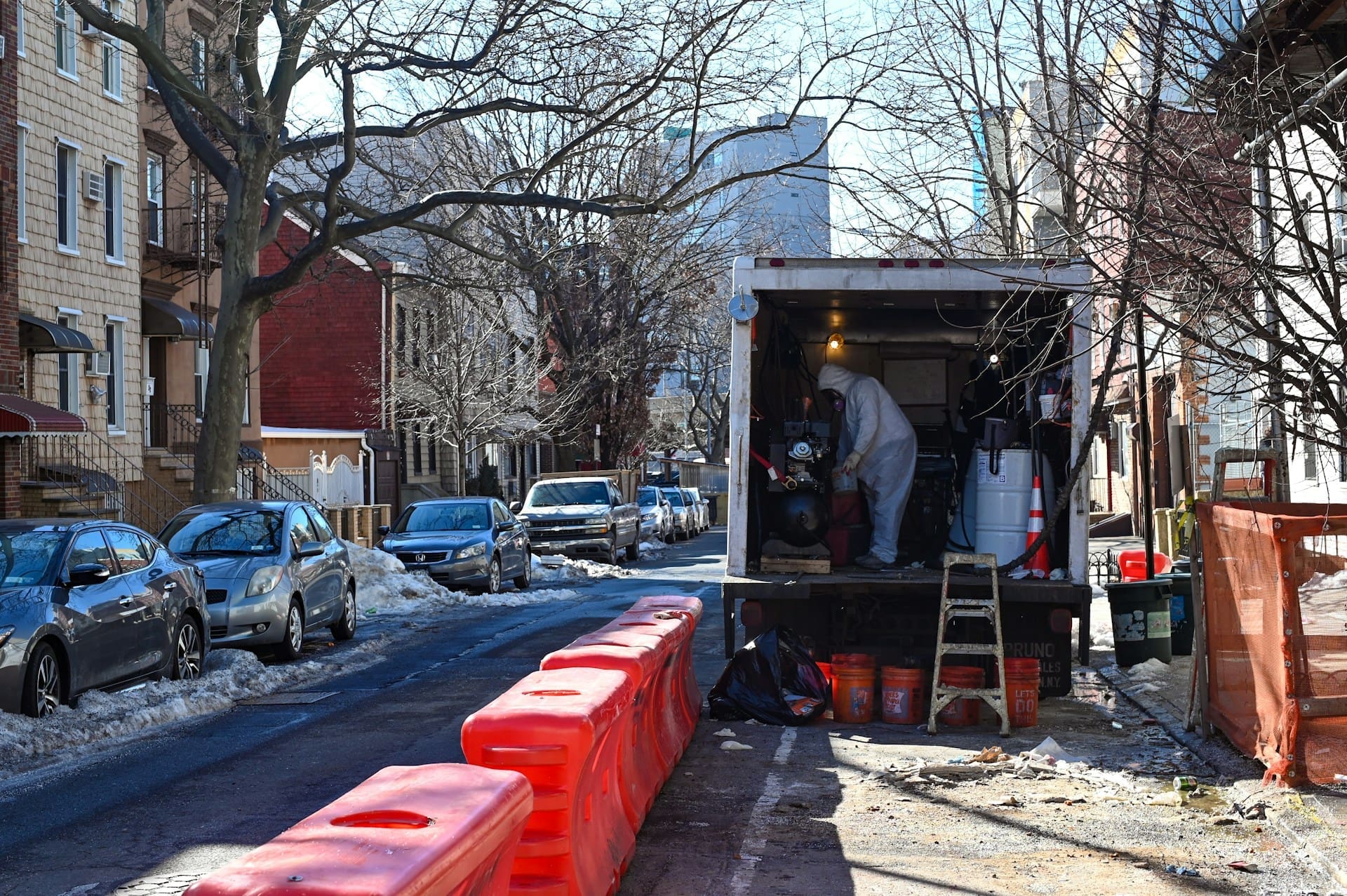Hurricanes can be devastating, and the aftermath can be overwhelming for those affected. It’s important to take the necessary steps to stay safe and begin the recovery process. Here are 10 steps to follow in the aftermath of a hurricane:
1. Check for injuries and prioritize safety
The first step after a hurricane is to check for injuries and prioritize safety. This means ensuring that you and your loved ones are safe before assessing the damage. Check for injuries and seek medical attention if necessary. Stay away from any downed power lines or gas leaks, and wear protective gear such as gloves and sturdy shoes.
2. Assess the damage
Once you’ve ensured your safety, assess the damage to your property. Take photos or videos of the damage for insurance purposes and make a list of all the damage you’ve identified. Be sure to document any flood damage or water intrusion as well. Assessing the damage will help you determine the next steps you need to take to begin the recovery process.
3. Contact your insurance company
Contact your insurance company as soon as possible to report the damage. Make sure you have your policy number and all the documentation you’ve gathered, including photos and videos. Your insurance company will guide you on the next steps to take, and your documentation will help you get the compensation you need to repair the damage.
4. Secure your property
To prevent further damage or theft, secure your property by boarding up windows and doors or using tarps to cover any holes. If you have a generator, make sure it’s properly installed and ventilated. This will not only help prevent further damage but also keep your property safe from looters who may take advantage of the situation.
5. Remove any standing water
If your property has experienced flooding, remove any standing water as soon as possible. This will help prevent mold growth and further damage to your property. You can use a pump or a wet vacuum to remove the water, but ensure that you wear protective gear to avoid any health risks.
6. Clean up debris
Remove any debris from your property, including fallen tree branches and damaged furniture. Be sure to wear protective gear and follow proper disposal guidelines for hazardous materials. This will help you avoid any accidents and ensure proper disposal of hazardous materials such as batteries and chemicals.
7. Restore power
If your power is out, contact your utility company to report the outage and get updates on when power will be restored. In the meantime, use battery-powered lights and avoid using candles or open flames. This will help you avoid any accidents that may occur due to the lack of power.
8. Communicate with your community
Stay informed about updates from local authorities and emergency services. If you have neighbors who are elderly or have special needs, check on them to make sure they are safe and have what they need. Join local community groups and be an active participant in the recovery process. This will help you stay informed and help you connect with others who are going through the same situation.
9. Seek professional help
If your property has suffered significant damage, seek professional help from a licensed contractor or restoration company. They can help assess the damage and provide guidance on the repair process. This will help you ensure that your property is repaired and restored to its original state.
10. Prepare for future hurricanes
Finally, take steps to prepare for future hurricanes. Create a disaster preparedness plan, stock up on supplies such as water and non-perishable food, and make sure you have a backup power source. This will help you prepare for any future hurricanes and ensure that you and your loved ones are safe.
By following these 10 steps, you can stay safe and begin the recovery process after a hurricane. Remember to prioritize safety and seek professional help when necessary. The aftermath of a hurricane can be tough, but with the right steps, you can recover and rebuild.




